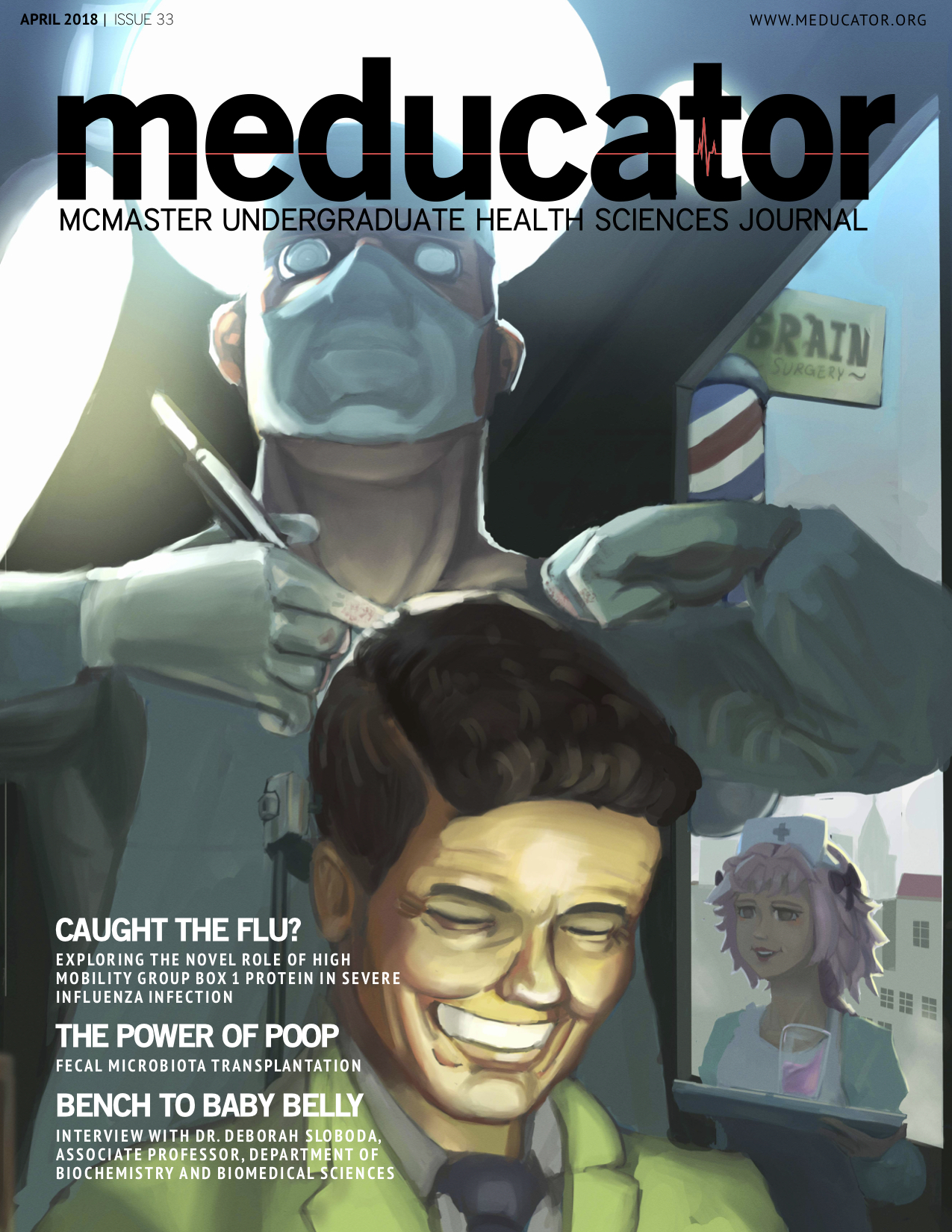Caught The Flu? Exploring the novel role of high mobility group box 1 protein in severe influenza infection
DOI:
https://doi.org/10.15173/m.v1i33.1795Abstract
Severe influenza infections are a common cause of acute respiratory distress syndrome (ARDS). ARDS is characterized by acute lung injury as well as pulmonary edema or “leakage,” which is caused by endothelial dysfunction and subsequent alveolar flooding from circulating blood vessels. High mobility group box 1 (HMGB1) is a protein released from lung endothelial cells that acts as a proinflammatory cytokine during bacterial and viral infections. However, the effect of HMGB1 on the endothelium during influenza viral infection is unknown. This study demonstrates that HMGB1 released from primary human microvascular lung endothelial cells (HLMECs) during influenza infection increases endothelial activation and apoptosis, while also disrupting adherens junctions between cells. Sequestering extracellular HMGB1 using the small molecule glycyrrhizin (GCZ) attenuates these effects, suggesting that HMGB1 signaling occurs in a paracrine manner. Inhibition of the Toll-like receptor (TLR) 4 pathway, a downstream effector of HMGB1, with peptide P5779 did not substantially decrease endothelial apoptosis. Therefore, HMGB1 likely elicits its effects on the endothelium in a TLR4-independent manner. These results will elucidate a partial mechanism that potentially explains ARDS symptoms seen in patients with severe influenza infections.


